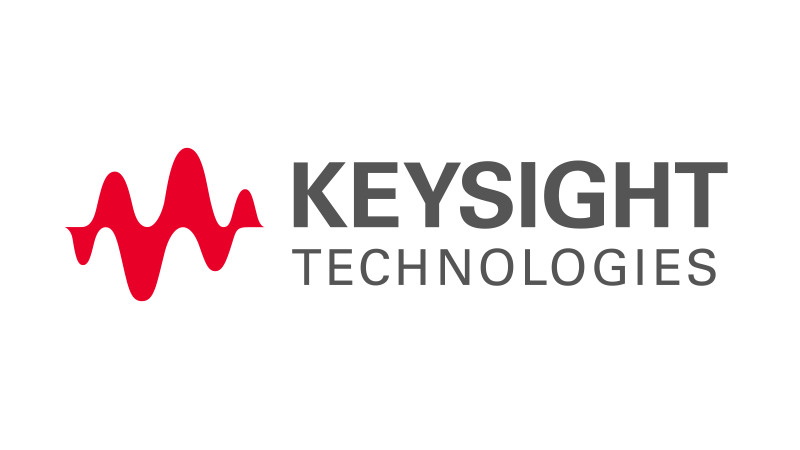Brig Asay, Director Strategic Planning, Keysight Technologies, Inc.
5G drives technology to higher frequencies and wider bandwidths. While it is exciting to think about the possibilities of mmWave and above, today’s advances stress the capabilities of current test and measurement equipment. Measurements taken above 50 GHz with instruments like spectrum analyzers come with tradeoffs, such as down converters and digital signal processing, so engineers must seek alternatives. The oscilloscope is now a very credible alternative for today’s emerging and RF instrument markets as vendors make major strides in bandwidth and signal integrity performance.
Figure 1: Keysight’s UXR oscilloscope.
Reaching Frequencies above 50 GHz with Wide Bandwidths
In 2018, Keysight introduced its UXR series of oscilloscopes. With bandwidths up to 110 GHz, it was the first real-time oscilloscope with full bandwidth in the front-end design of its pre-amplifier and sampler chip. Without frequency interleaving in its front-end design, the UXR achieves significantly improved bandwidth and signal integrity.
Keysight uses proprietary Indium Phosphide (InP) technology to achieve this milestone. Keysight developed the second generation of InP chips with a decreased structure width, improved epitaxial design and optimized metalizations and dielectrics. The results are delay times in the order of 2ps and a frequency limit up to 600GHz, while keeping breakthrough voltage over 7V. With high output voltages and a current gain over 50, this leads to a robust IC design. The layout can adjust to any desired combination of fast speed, low noise and low current consumption. The process can create bipolar transistors, diodes, thin film resistances and thin film capacities, which are used for high quality digital, analog and mixed-signal ICs for measurement devices.
Figure 2: Example – how Keysight’s UXR oscilloscope achieves 110 GHz.
The True Oscilloscope Strength: Multiple Channels
As wireless carriers build their 5G infrastructure, the best way to achieve 5G speeds is to build smaller, denser cells. These require technologies such as MIMO and beamforming to seamlessly push customer data without interruptions. As its name suggests, MIMO requires more than one input and more than one output. While these will one day handle a channel density as high as 64 channels, right now, there is a four-channel need.
Suddenly the real-time oscilloscope has an advantage over typical RF test measurement gear. Real-time oscilloscopes are typically found in two or four channel models, but more importantly, they offer channel to channel calibrations as standard features. In Keysight’s UXR, the channel to channel skew inside the box is below 75 fs. This measurement competes with tying multiple single instruments together using a local oscillator. Keysight’s UXR Series of oscilloscopes cover the need for high frequency coverage, wide bandwidths, and multiple channels in a single box.







